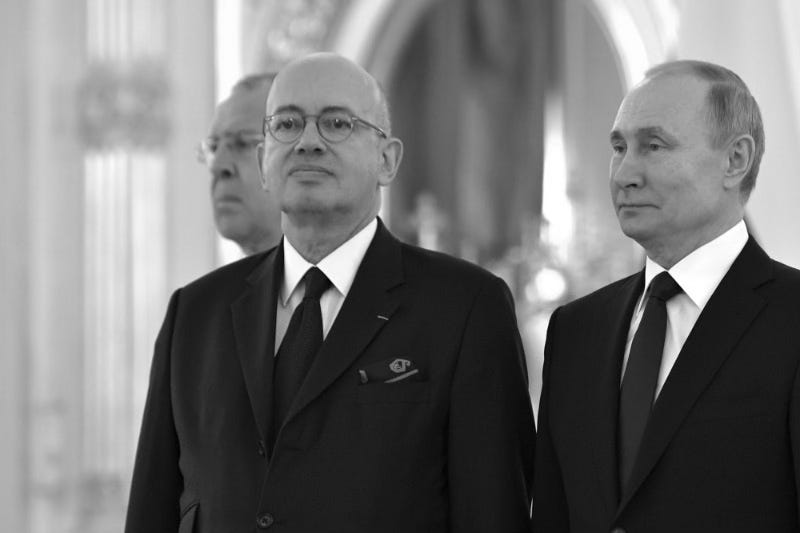Red Line Report
Russian Foreign Ministry tells French ambassador Paris’ policies destructive, France sends troops to Ukraine: Russian report, A Polish general dies deep in Ukraine,
Russian Foreign Ministry tells French ambassador Paris’ policies destructive
Pierre Levy was told that the French authorities' attempts to create some kind of "strategic uncertainty" for Russia with their "irresponsible statements about the possible dispatch of Western military contingents to Ukraine are doomed to fail"
MOSCOW, May 6. /TASS/. Pierre Levy,…



